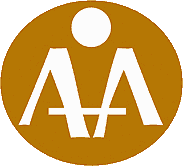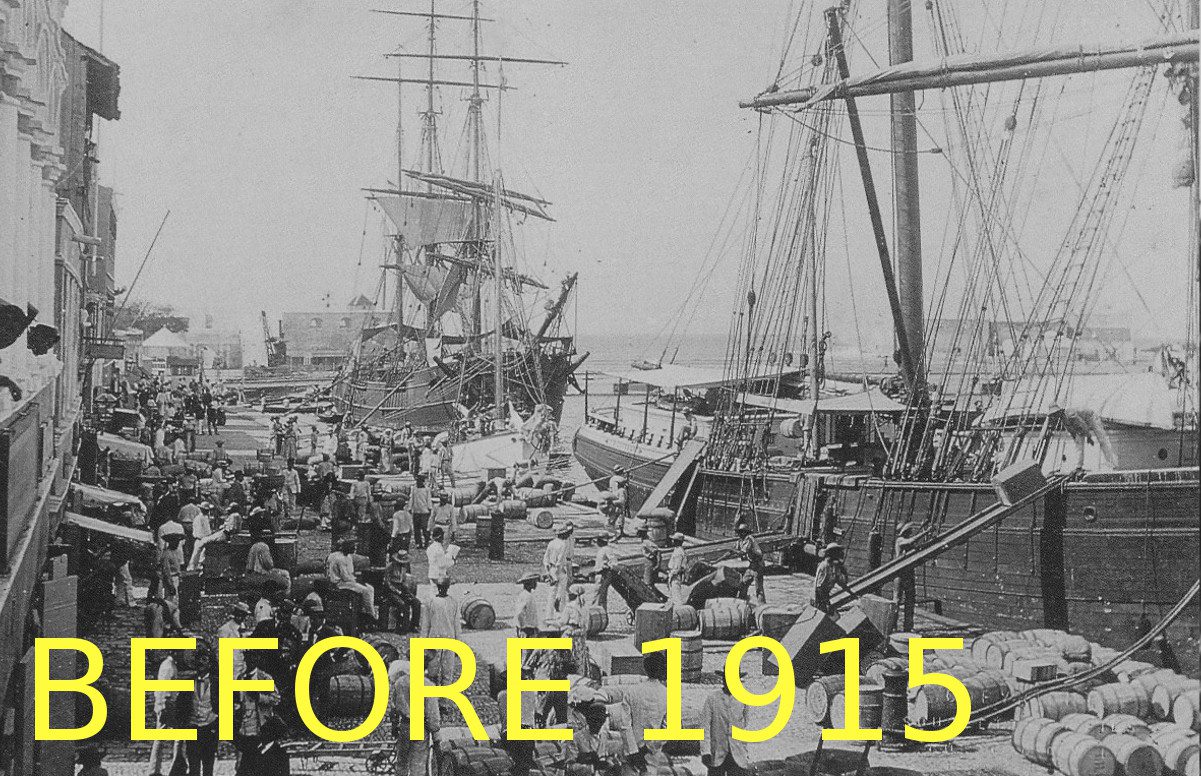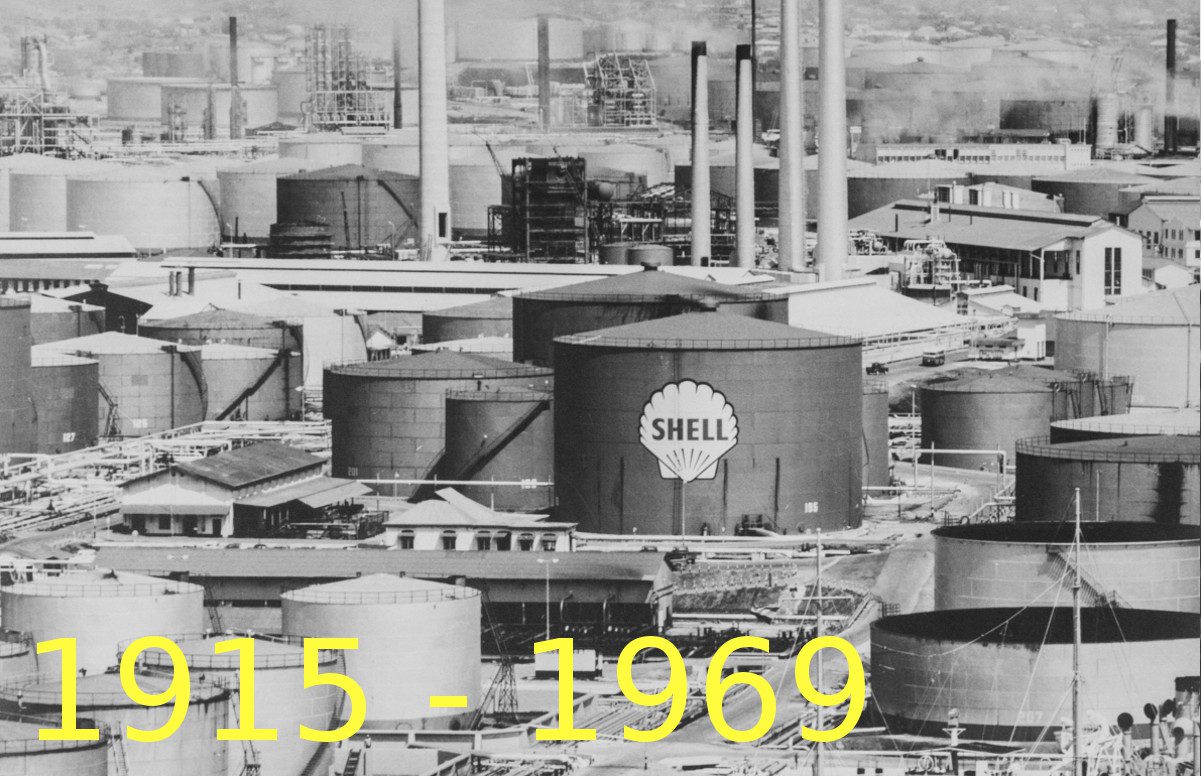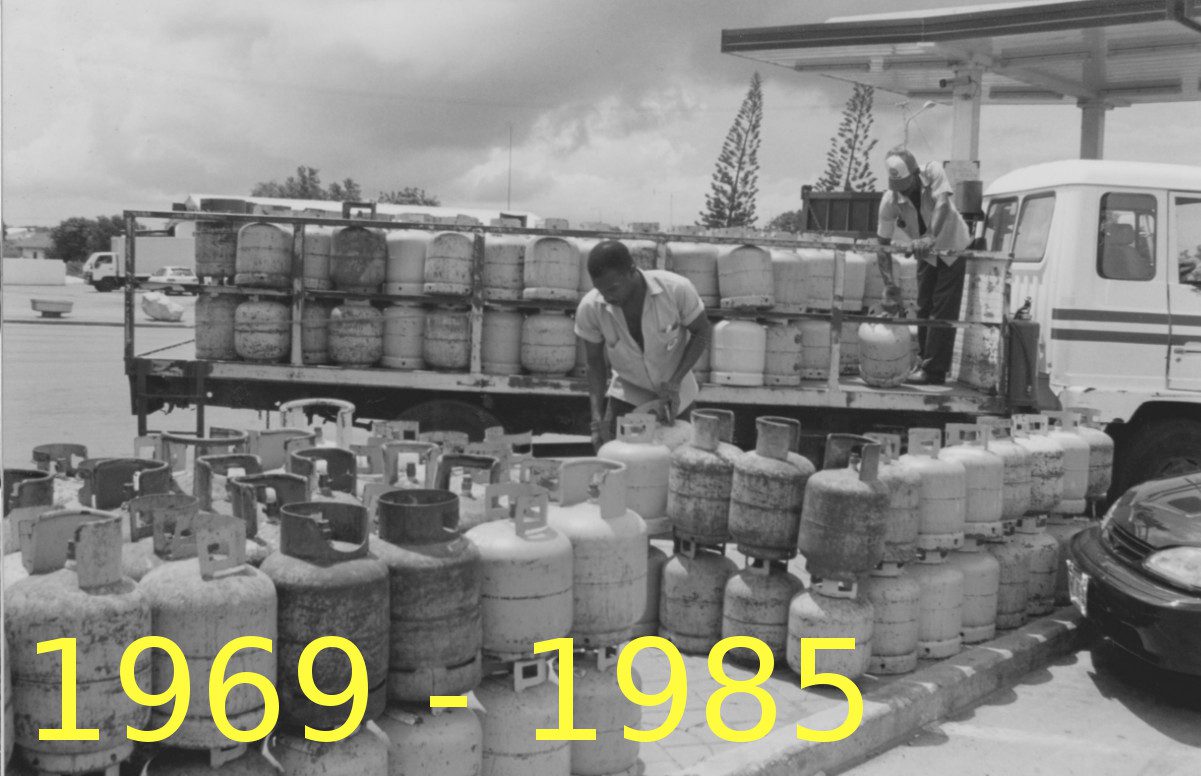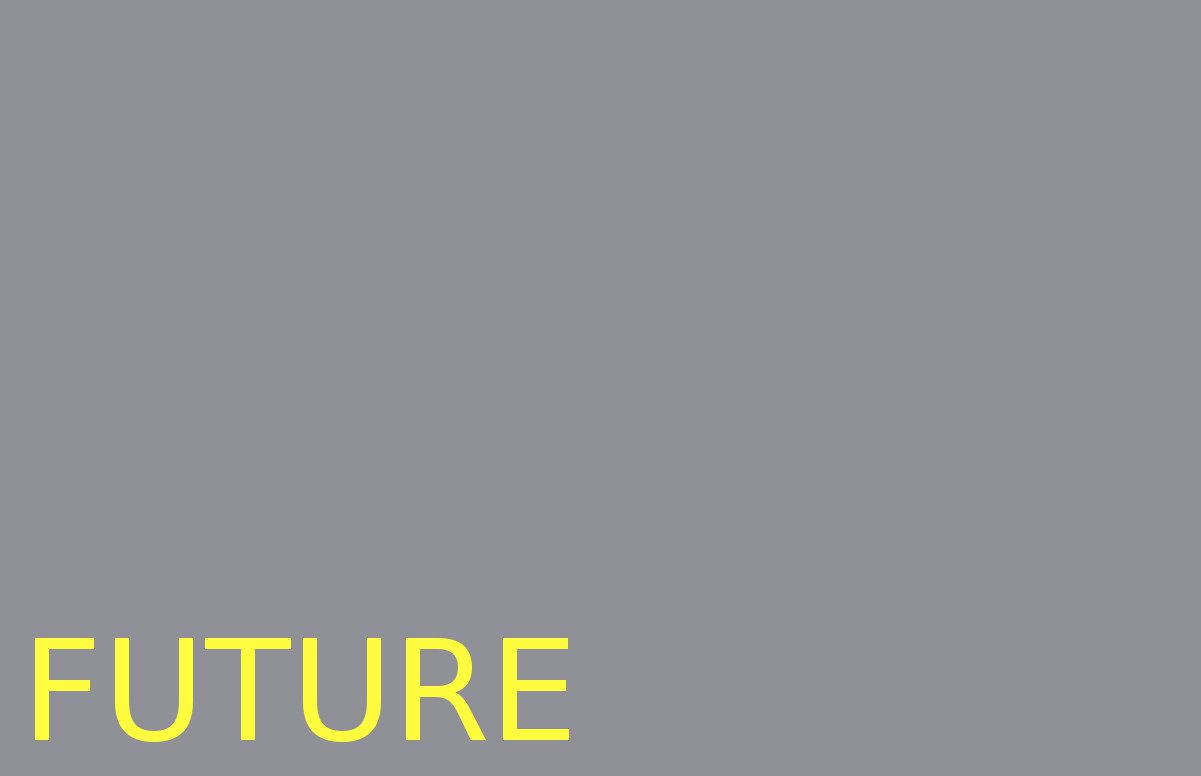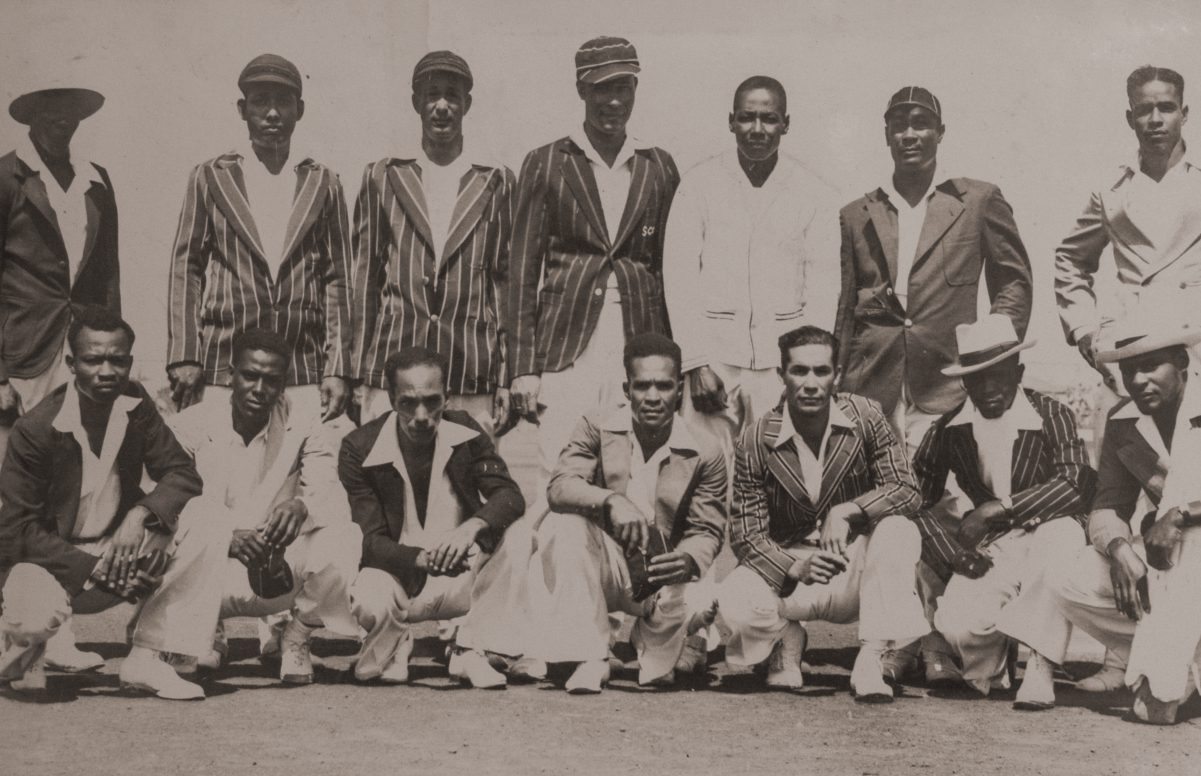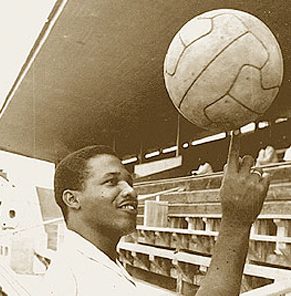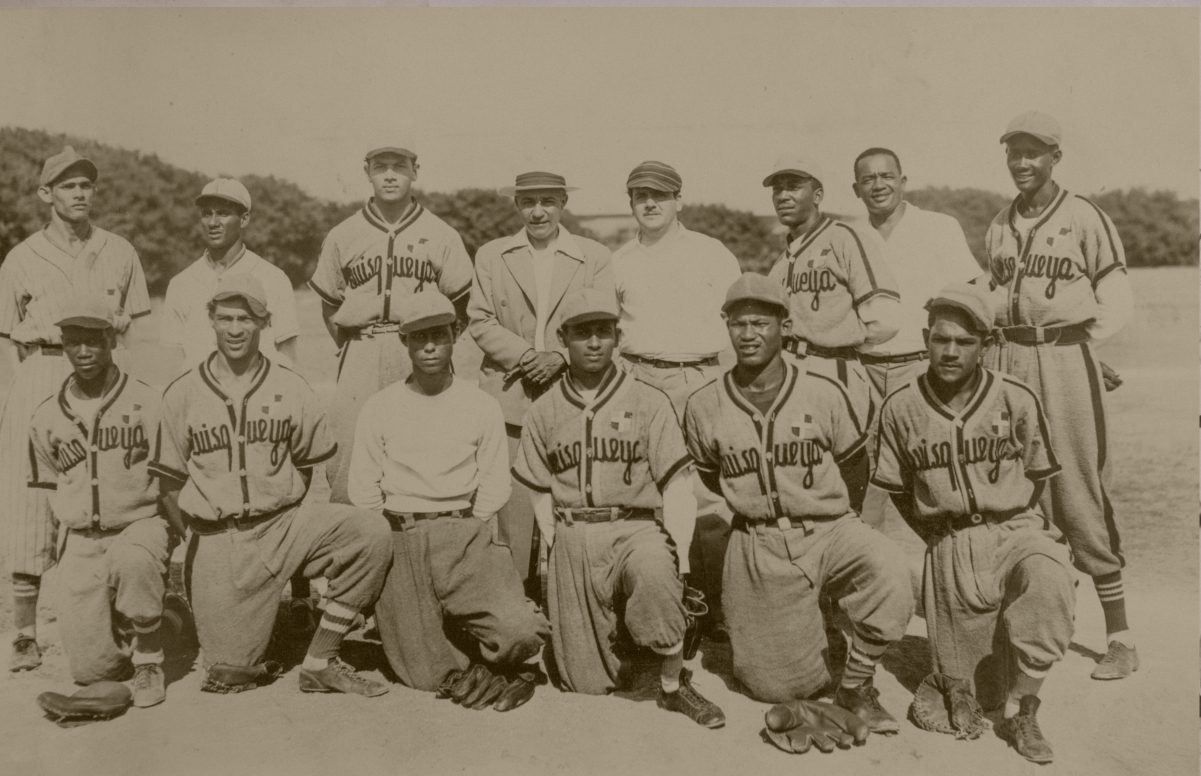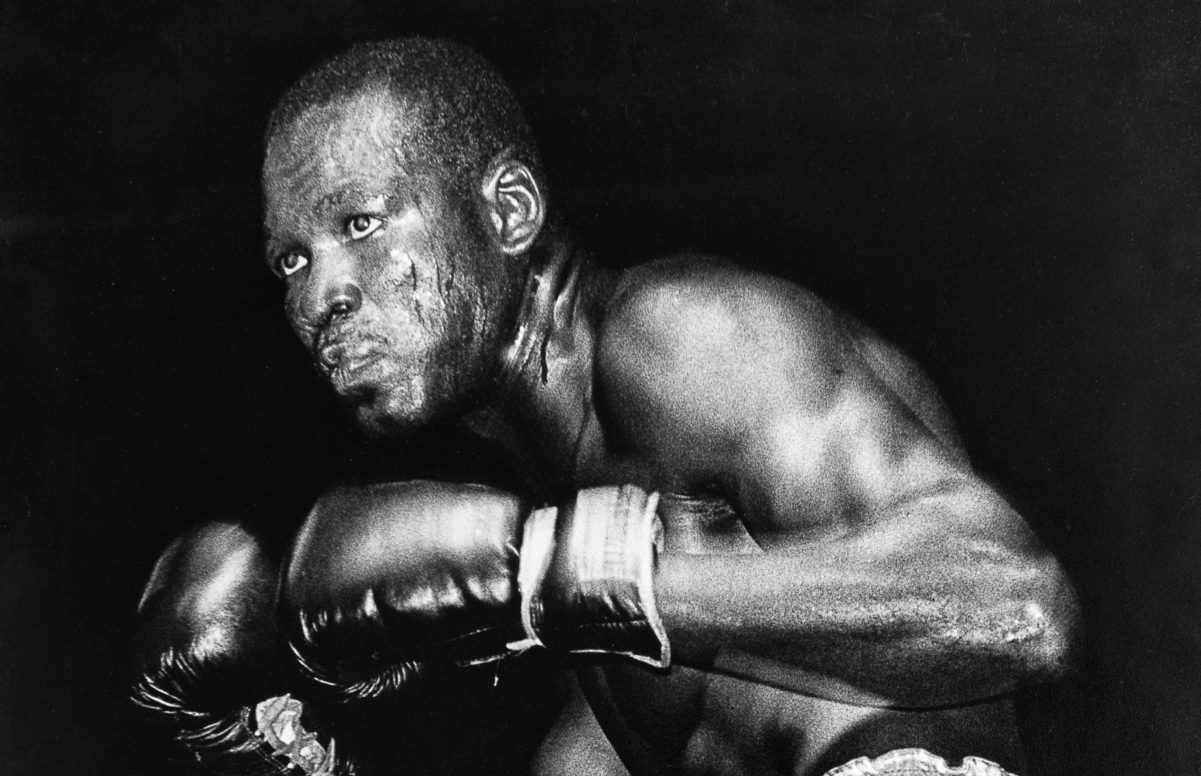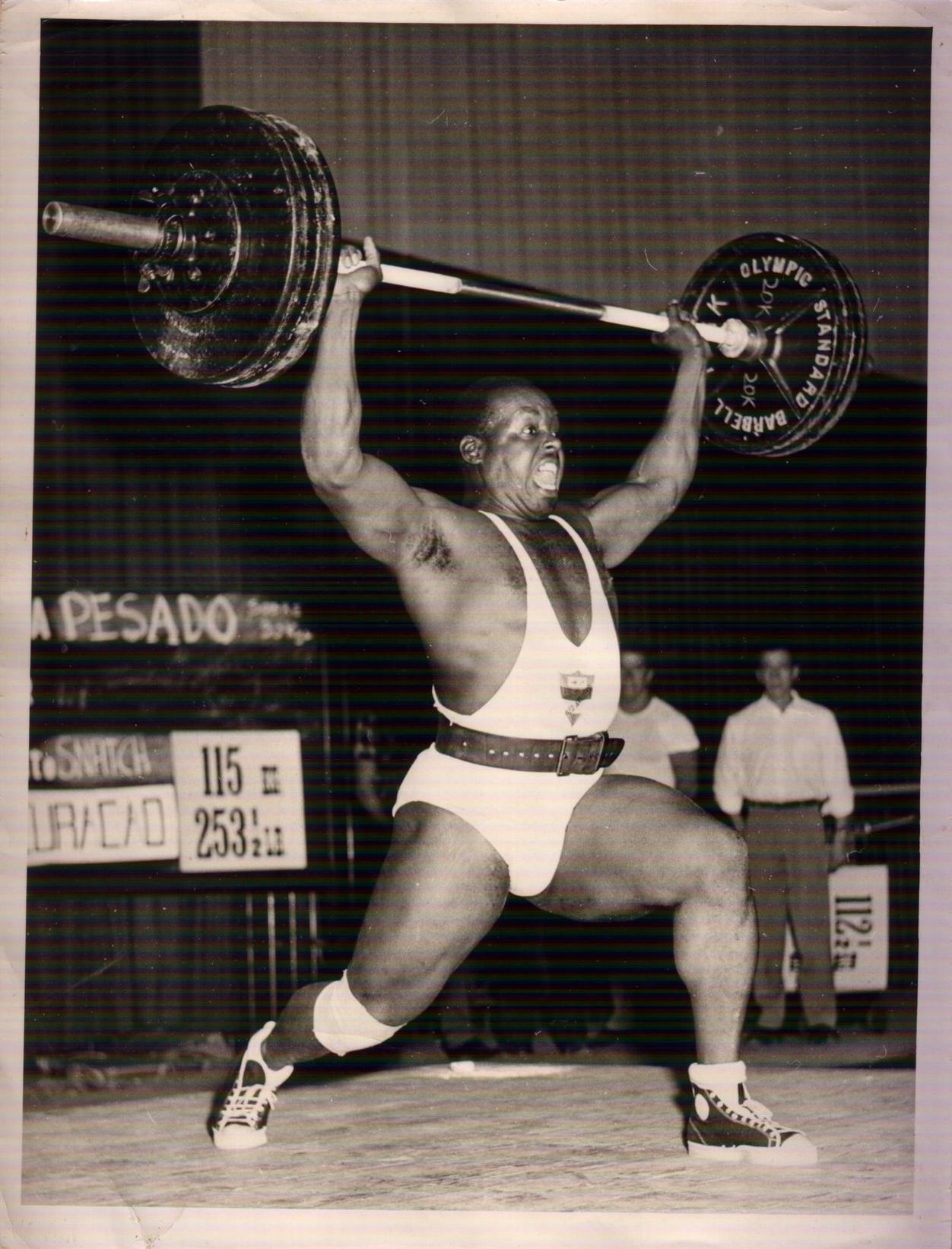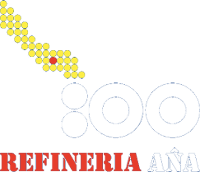
Isla den Nos Bida
100 years Refinery in Curaçao – 100 aña Refineria na Kòrsou
Exhibition
1915 – 1969
As with most other aspects of society, CPIM’s influence substantially changed the way sports were experienced and played on the island. Prior to the establishment of the refinery, Catholic friars were mostly in charge of recreational group facilities. CPIM built, along with it housing and cultural spaces for its employees, several sports facilities. Many of the sports introduced were previously unknown on Curaçao.
For instance, near the recreational club Asiento, specially built for European Dutch employees on Negropont, a bowling alley and three tennis courts were erected. Near the barracks where regional laborers were housed, extensive sports fields were constructed, as well as, a novelty for Curaçao and perhaps for the Caribbean, a velodrome.
In March 1931, the Dutch Antillean Olympic Committee was founded. Over the years hockey, tennis and swimming became Olympic sports in the Netherlands Antilles. In 1965, the Foundation Royal Sportliga (Stichting Koninklijke Sportliga) was founded by Prince Claus to promote Kingdom relations and stimulate athletic performance. As a result, the Kingdom Games (Koninkrijksspelen) were organized every two years in different parts of the Kingdom.
However, the most popular sport on Curacao between 1946 and 1970 was soccer, promoted by the Catholic Friars. A Netherlands Antillean soccer team participated in the Olympics various times, yet the triumph over the Feyenoord team from the Netherlands (4-0) in the Rifstadium in 1946 is still considered the high light in the soccer memory of elderly Curaçaoans. During the game, renowned keeper Ergilio Hato, also known as Pantera Negra or the Black Panther, proved to be an insurmountable obstacle for famous Dutch players Arie de Vroet and Bas Paauwe. This game, as well as other soccer feats at the time, were made possible through financial contributions by Jewish businessman Mordy S.L. Maduro.
Yet the most important sport for Curaçao in later years came by way of oil workers and other migrants. Baseball, which rapidly gained popularity during the 1950s, was introduced by Dominican and Venezuelan nationals. According to Philip Elhage, who has been an essential part of Curaçaoan baseball for decades, baseball in Curaçao can be traced back to two teams: “Quisqueya, consisting of Domincan laborers and Deportivo, made up of Venezuelan fruit sellers in the port area of Otrobanda.”
The Curaçaosche Baseball Bond was officially established as a league in 1934, later changing its name to the Curacao Baseball Association. In 1949, a new board took over, including Andrés ‘Julio’ Espinal as president and Eddy Pieters Heyliger, also an influential playwright, as director of championships. A year later a grand tournament was held, including six teams: Lucky Strike, Bolívar, Quisqueya, Unidos, Deportivo Venezuela and Tigres, with Lucky Strike emerging as the victor.
Interestingly enough, where soccer was supported by the Dutch and Jewish communities, baseball was developed by more recent migrants including Dominicans and Venezuelans, but also Juan Isa, a businessman of Arabic descent, who at the time was known as “the man” in baseball.
